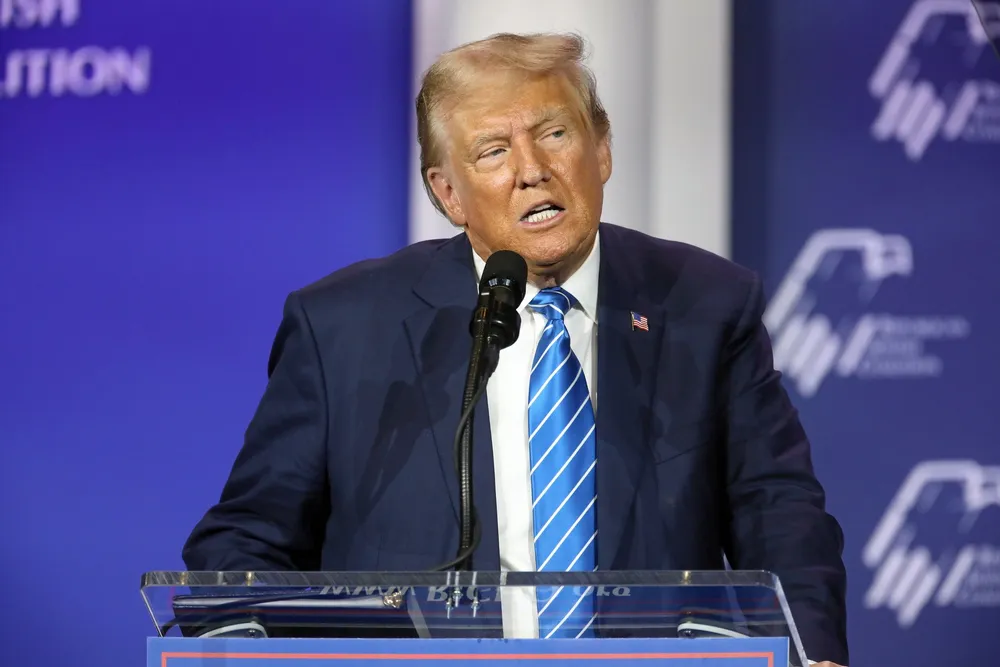US clean energy faces more pressure as Trump vows to make good on tariff threats
Industry suppliers Canada, China, and Mexico all face 10% to 25% duties for alleged failure to stem flow of illegal drugs

President Donald Trump said Thursday the US will slap an additional 10% tariff on imports from China, on top of 10% imposed earlier this month, further pressuring the clean energy sector that has been in his crosshairs since he took office.
Trump asserted Canada and Mexico are not doing enough at their borders to stem illegal flow of synthetic opioid fentanyl into the US. Neither is China, a major source of precursor chemicals that Mexican cartels use to produce the powerful narcotic.
“Drugs are still pouring into our Country from Mexico and Canada at very high and unacceptable levels. A large percentage of these Drugs, much of them in the form of Fentanyl, are made in, and supplied by, China,” said Trump.
Data from Canada and US show that its northern neighbor is a minor origination point for illegal fentanyl.
Supply chain disruption
While the US clean energy industry has re-shored some manufacturing capacity – mainly solar - and material sourcing since the federal climate law took effect in August 2022, it remains vulnerable to supply chain disruptions and distortions.
Much will depend on how long the tariffs remain in place, or if Trump implements them at all.
Trump paused tariffs on Canada and Mexico for 30 days through 3 March after those nations took initial steps to address his concerns.
Canada set up a fentanyl task force, appointed a “czar” to lead it, and tightened border controls, while Mexico sent 10,000 troops to its border and intensified a crackdown on drug cartels and illegal migration.
China responded to Trump’s 10% additional duties with its own levies and would likely do so again. Canada, Mexico, and China are the largest US trading partners in that order.
The three nations are leading suppliers of aluminum, copper, graphite, rare earth minerals, and steel used here in batteries, solar components, and wind turbines.
China is also the top supplier of cells for battery energy storage systems (BESS) used by US electric utilities and independent power producers, and components and materials in lithium-ion batteries for electric vehicles.
Onshore wind turbine OEMs import blades and hubs from China and Mexico, while Canada and Mexico supply towers. China also exports generators and parts to the US.
Project developers have stockpiled some of these items in varying degrees in anticipation that Trump, if elected, would unleash a barrage of tariffs. Still, if threatened tariffs remain in place for a prolonged period, rebuilding stores will be more expensive.
For items already on order, contracts stipulate who will absorb tariff cost.
(Copyright)